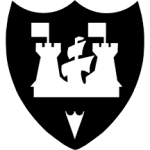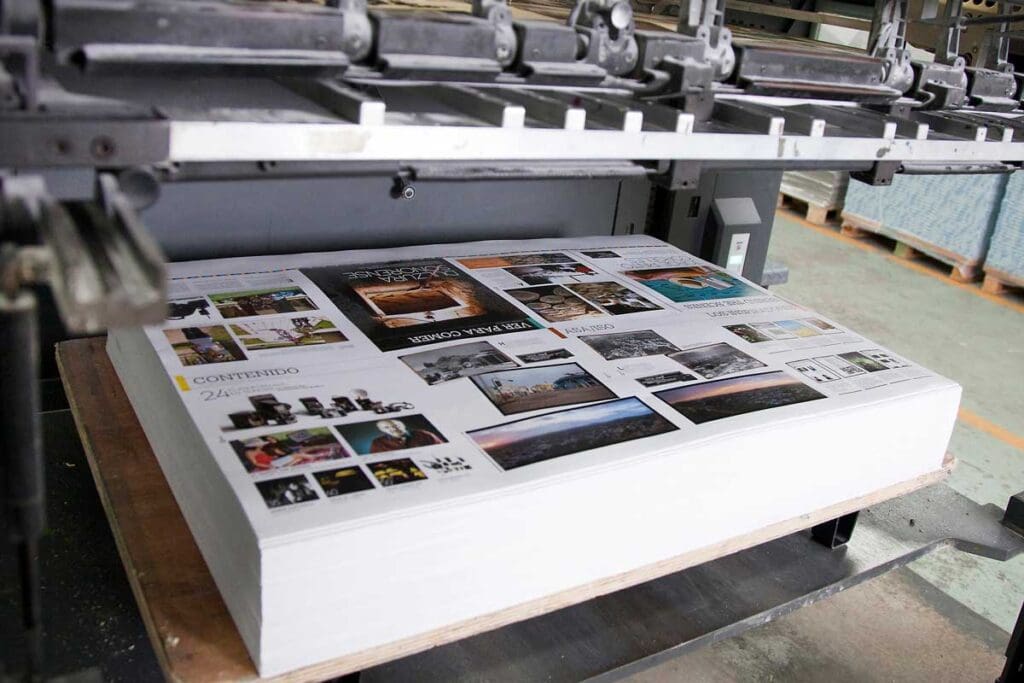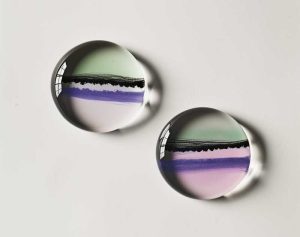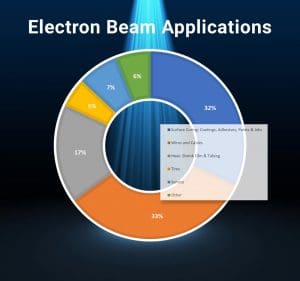Work and Turn Offset Printing
Work & Turn, (W&T) as we know it, is a process familiar to the sheet-fed printer where the second side of a sheet is printed after the first side. This is accomplished normally by turning the sheet over from left to right using the same edge of the paper or board as a gripper. Usually, the same plates are used to print the same image areas.
Other times a printer may wish to back up a job, printing a completely different image on the backside. In either case, time is a factor as the job is almost always turned around as soon as possible, challenging the time it takes for an ink or coating to set enough to prevent marking.
Today, more than ever customers are requesting or even demanding Just in Time (JIT) delivery. This makes it imperative that printers can W&T jobs quickly and efficiently without set-off, picking, marking, or blocking.
I once asked a printer how much success he was having with W&T He told me that a printer has no choice but to accept same-day print and delivery scheduling, but he must take every precaution, including short lifts, and even then, pray a lot.
Pray a lot! Maybe that is the way to put it, W&T can be risky and challenging.
Soybean Inks
When discussing W&T, one must discuss inks. Sheet-fed offset inks are oil-based products that dry by oxidation/polymerization. At one time, before very high-speed presses, linseed and soybean vegetable oils were commonly used as ink vehicles. Inks made with these oils were slow to oxidize or dry so they were replaced in part with faster petroleum oils.
Also, in the past, to lower VOC’s – volatile organic compounds (carbon-containing), petroleum oil-based inks were modified by the substitution of vegetable oils such as linseed, corn, canola, and soybean. Sheet-fed O/S inks can be designated a soy ink by the , which licenses the right to use a trademark known as the “Soy Seal” if they contain at least 20% soybean oil.
Vegetable oils under normal pressure and temperature are liquids, which the EPA does not consider to be VOC’s. VOC’s, released into the air react chemically with oxides of nitrogen forming harmful ozone.
While soy-containing inks are attractive from a VOC and “Soy Seal” viewpoint, if they set and dry slower than quickset petroleum oil-based inks, then they can become a problem on newer high-speed presses. However, new formulations are said to have overcome many of the early water balance, emulsification, and slow-setting problems.
It is well to remember that for W&T to be successful the printer must produce a printed press sheet that can be handled without marking and set-off. Aqueous coatings, because they must be designed to dry very fast, can produce such a sheet. However, it cannot be forgotten that the inks under an aqueous coating are in the process of setting and eventually drying by the slow process of oxidation/polymerization aided by absorption.
So, what can be done to improve results?
The aqueous coating industry has been able to specifically formulate coatings that provide good gloss while setting and drying very fast.
Effective drying, however, is still subject to many press room variables, which the individual printer alone has to understand and control. It must be said that every job attempted must be respected, as being most likely different.
Given this respect, it is essential to test each job to know the limits for W&T that are present. Then, once a dry sheet as defined by the individual pressroom is obtained, second-side printing and coating can be started.
Another factor that must be remembered, is that aqueous emulsion coatings are thermoplastic. This means simply that even after being dried thoroughly, they can be re-softened under the forces provided by high temperature, pressure, humidity, and time.
Aqueous emulsion coatings have performed admirably since being introduced almost 50 years ago to the graphic arts industry. These coatings have produced great productivity gains for the printer/converter. Fast-drying aqueous coatings have given the sheet-fed offset printer the ability to seal oxidizing litho inks by coating in-line, and move on to further processing. This, without waiting for the underlying, still wet, inks off-line time to dry thoroughly. Productivity gains result from the ability to move faster to die-cutting, gluing, and packing operations.
Recommendations for Work & Turn:
- Pack the coating blanket short of the color bar in order to check first side ink set/cure before backing up.
- Control moisture in the substrate, and press room humidity.
- Avoid using the highest gloss, soft, slow-setting aqueous coatings when possible.
- Use fast quick-set inks.
- Know that moisture-laden heavy ink coverage slows the drying of coatings.
- Don’t run a first-side pile temperature higher than 95° F.
- Check the pile temperature in non-heat absorbing, non-image areas.
- Know that dark colors absorb I-R and light colors reflect I-R.
- Increase the use of small particle spray power.
- Reduce pile size.
- Let first side printing/coating dry a minimum of 5-8 hours.
- Start to second side print/coat only when the pile temperature is below 90° F.
- Slow second pass press speed 25%.
- Maximize hot air flow and minimize I-R when second side coating.
- See that second side pile temperature does not exceed 85-88° F.
- Tray the second side pass.
- Use extreme care and caution.
There are no guarantees with W&T, but once the printer pins down his variables and knows how to process W&T jobs, success can follow. It’s acknowledged that using aqueous coating is the way to success. Use aqueous coatings to Work & Turn effectively and profitably. Contact �鶹��ý���� Technical experts if you require an aqueous coating with enhanced performance properties for a demanding application. We are here to help.








